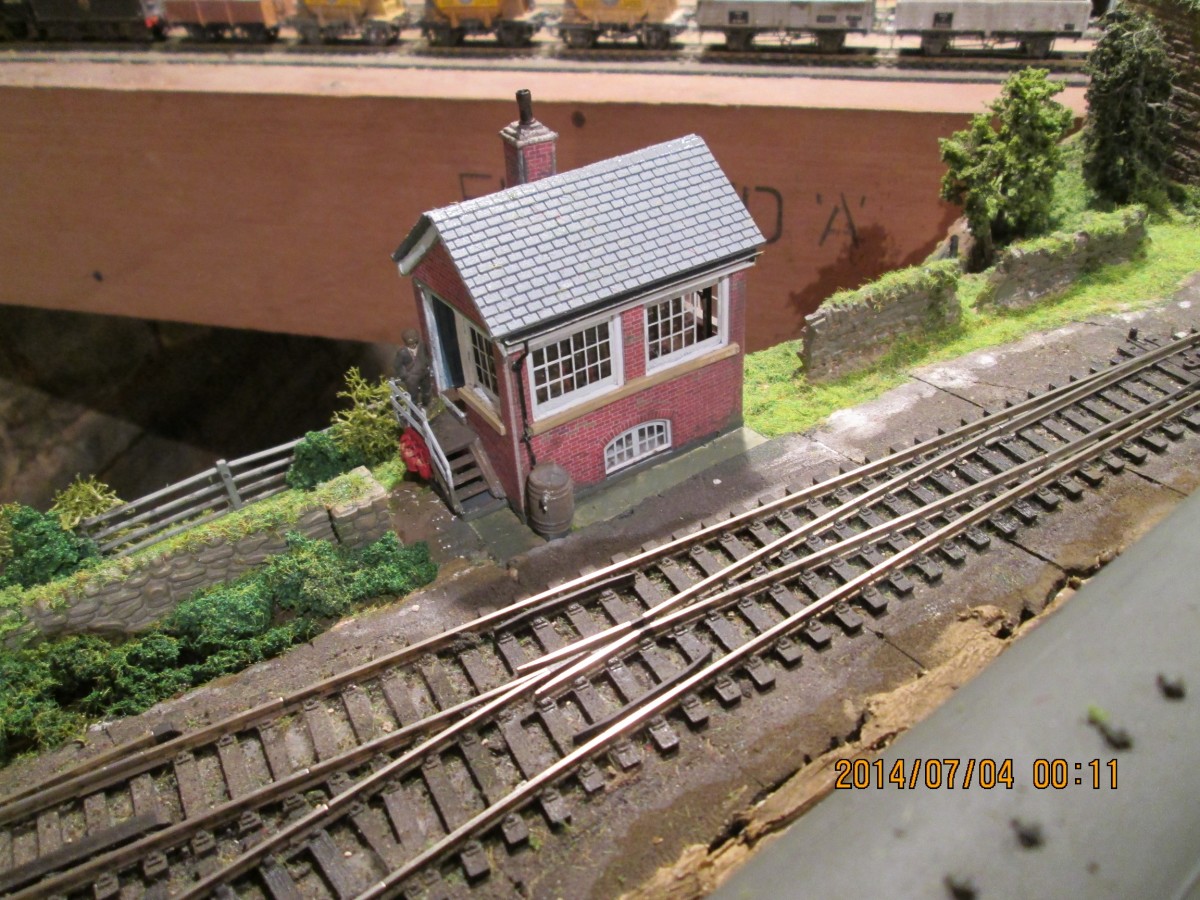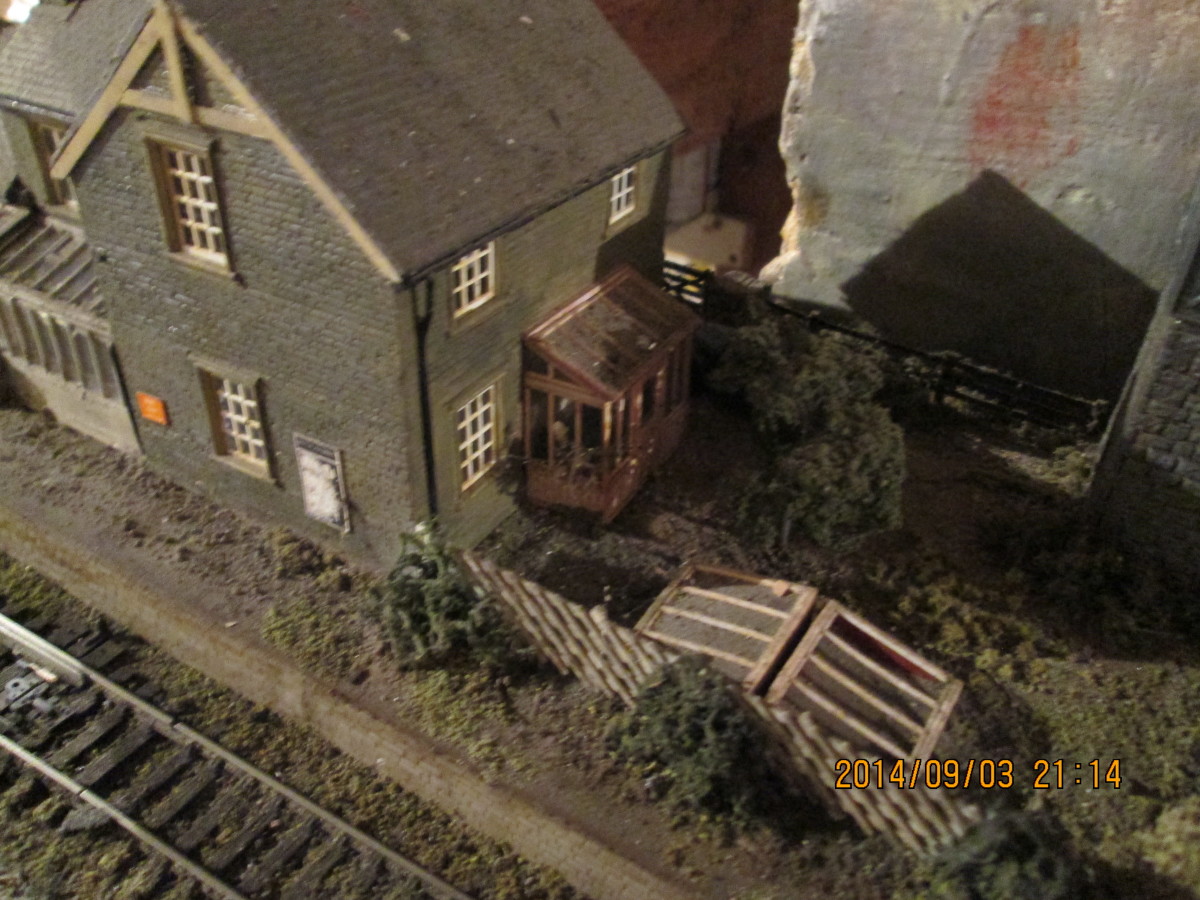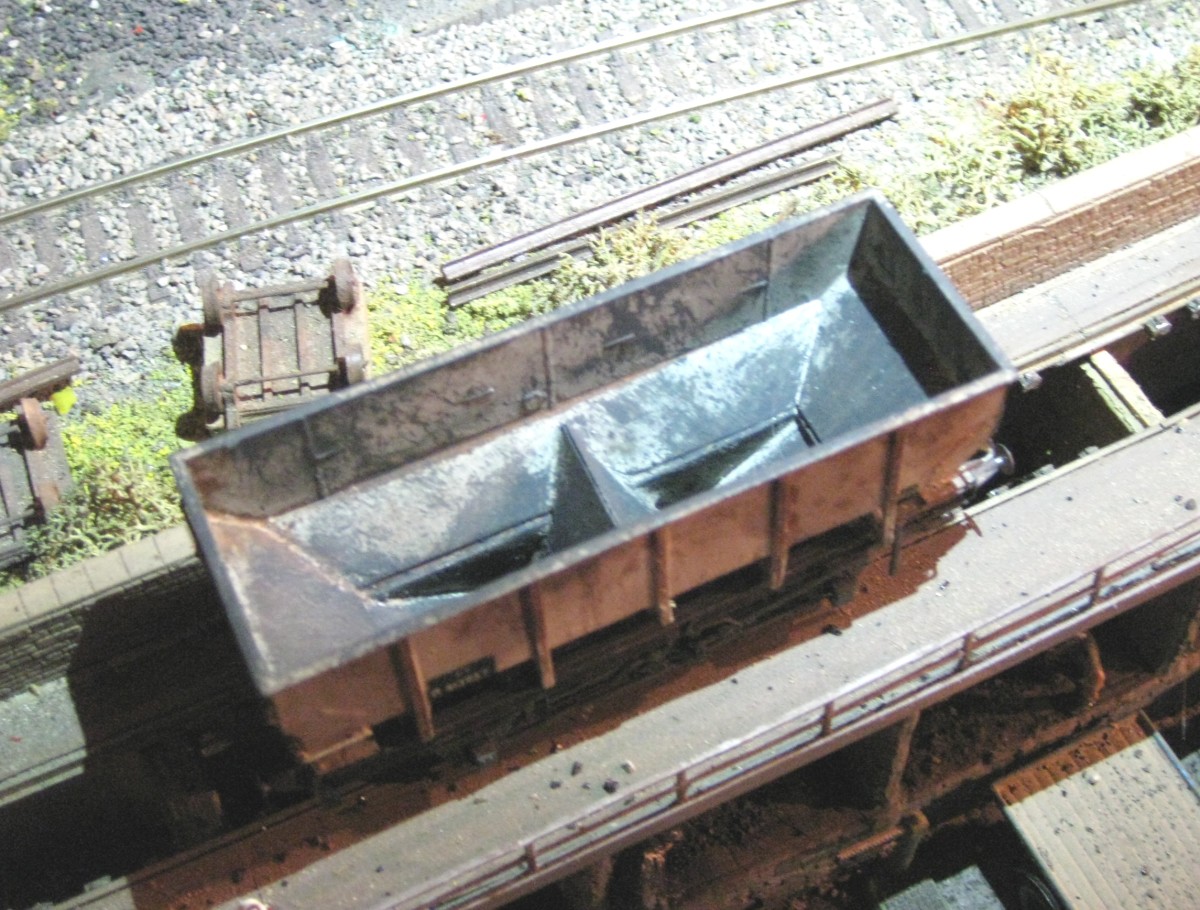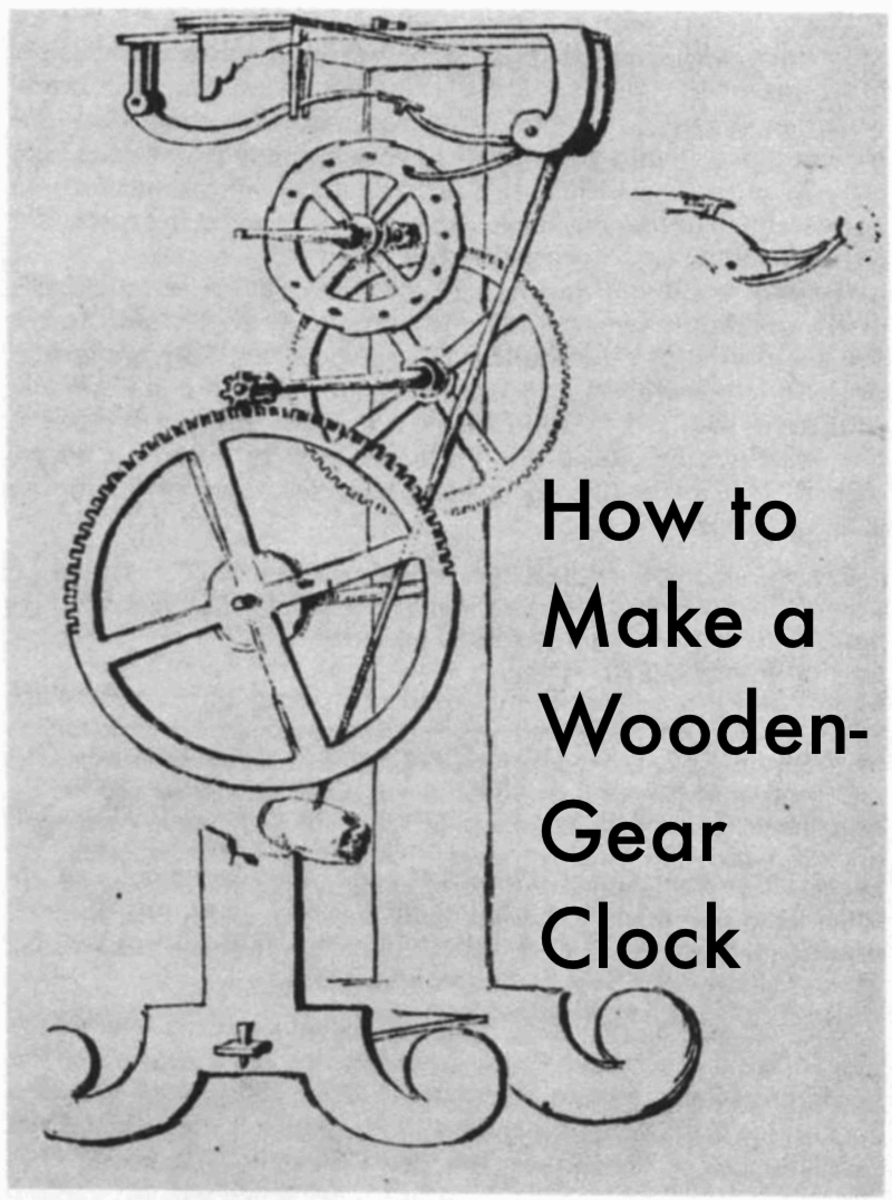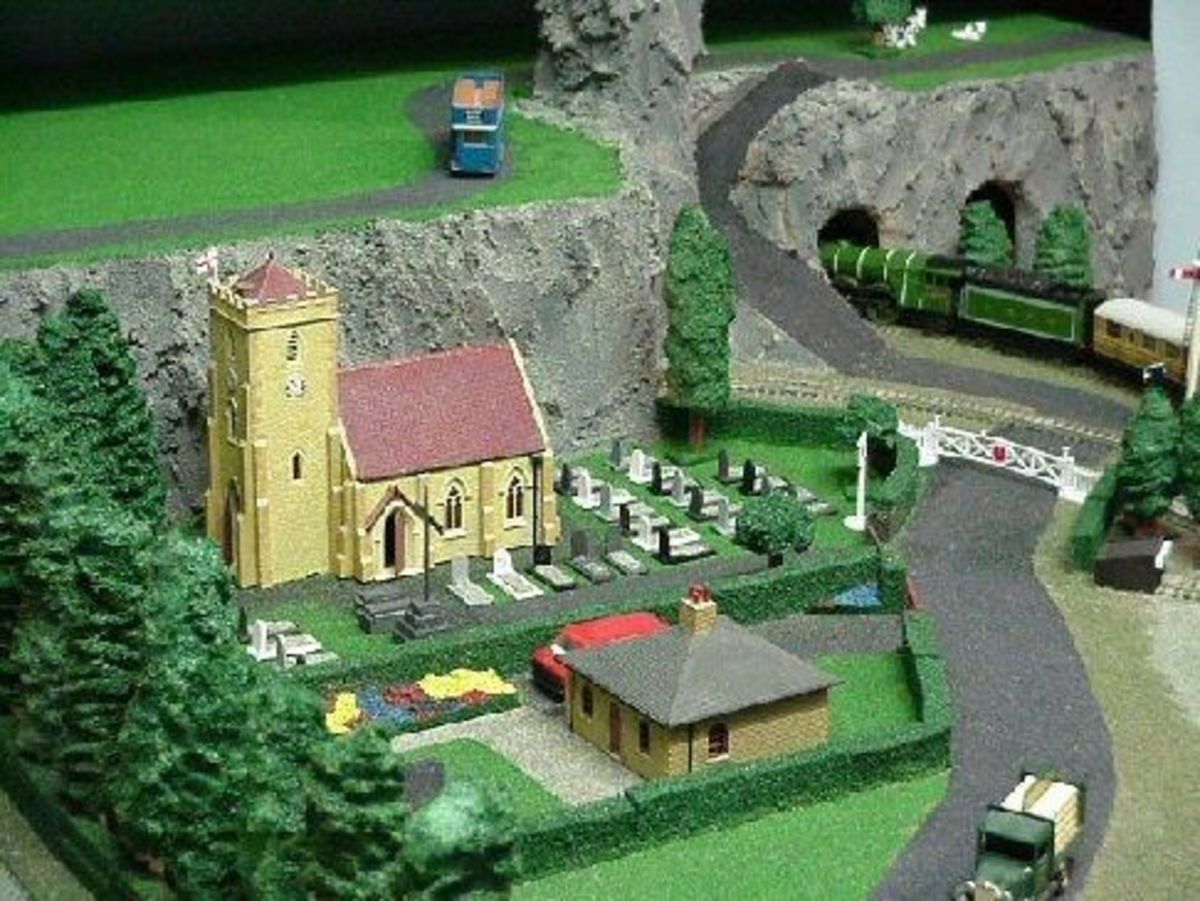Lance Mindheim – Discover His Secret: A Review of “How To Design A Small Switching Layout”
Lance Mindheim can help you finally get a layout with your spouse’s blessing. You talk about taking over the entire basement for your dream layout. Your spouse says no. You beg for a small room on which you can close the door so the layout bothers no one. The answer is still no. You pull out How To Design a
Lance Mindheim Techniques
Why? In his book, the master of custom layout design, Lance Mindheim, advocates a few simple principles so layouts can co-exist peacefully with the rest of the household. The most important of these is using a shelf layout occupying only a corner or two of the room. The shelf width ranges only from 12 to 24 inches, and is mounted close to eye level, allowing room for furniture underneath. Lance Mindheim also suggests decorative framing and lights, making your creation look like a work of art.
Lance Mindheim Sample Railroad
Well, those principles satisfy the ruler of your household, but what about you? Lance Mindheim addresses hobbyist concerns with an HO sample layout that is a 10 x 10-foot L-shape, with an 18-inch width, no grades, and a 24-inch minimum radius. He offers step-by-step procedures, with the first half involving planning. Here, Lance Mindheim discusses strategic concerns that include writing down your interests and time, setting the benchwork footprint, selecting industries and roughing in their locations.
In the second half of his process, Lance Mindheim talks about track planning. He specifies elegant and simple runs, with no return loops. This may disappoint train watchers, but allows more track and scenery in smaller spaces. Add enough turnouts to handle the planned industries, and you get hours of operational interest. Lance Mindheim even leaves room on one end for a six track yard, so those who collect freight cars have a place to display them. An optional one-track staging area can attach to one end of the example, so foreign engines can be brought in and out as needed.
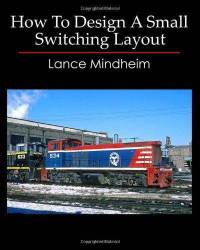
Lance Mindheim Conclusions
Aside from many full-color diagrams and photos, Lance Mindheim offers numbers for measurements and standards honed from years of experience. For example, he recommends a minimum of 1.25” between a track and the front edge of a layout, with 2.5” to 3” being better. These specific recommendations tell me that Lance Mindheim knows what he’s talking about. (You can check out the Lance Mindheim website for more information about his activities.)
The book is pricey at $21.95 for only 68 pages. And the fonts are large, with lines of text running uncomfortably long across the page. Lance Mindheim was obviously trying to fill up space for this self-published effort. But he could’ve done so with more layouts beyond the main example, and two bonus plans, which oddly enough, have no description or commentary.
Lance Mindheim and his book “How to Design A Small Switching Layout” gets high marks for me because of the useful tips and information found nowhere else.
Links
- Model Train Resource: Micro-Layouts for Model Railro...
Discover how micro-layouts can squeeze model railroading into tiny spaces. - Model Train Resource: Online HO Model Railroad Track...
Five layouts that can inspire your HO train dreams, with track plans. - Model Train Resource: N-Scale Track Plans to Inspire...
N-scale track plans pack twice as much model railroading into the same space as HO. Enjoy this collection of track plans, and you're sure to find one with ideas you can use. - Model Train Resource: Model Trolley Layout Videos to...
If you're day is getting you down, pick yourself up with this collection of wonderfully detailed model trolley layouts. - Model Train Resource: Great Model Railroads to View ...
Be inspired or just take a quick break from dreary reality by marveling at this collection of videos showcasing wonderful layouts in Z, N, HO, O and G scales.


